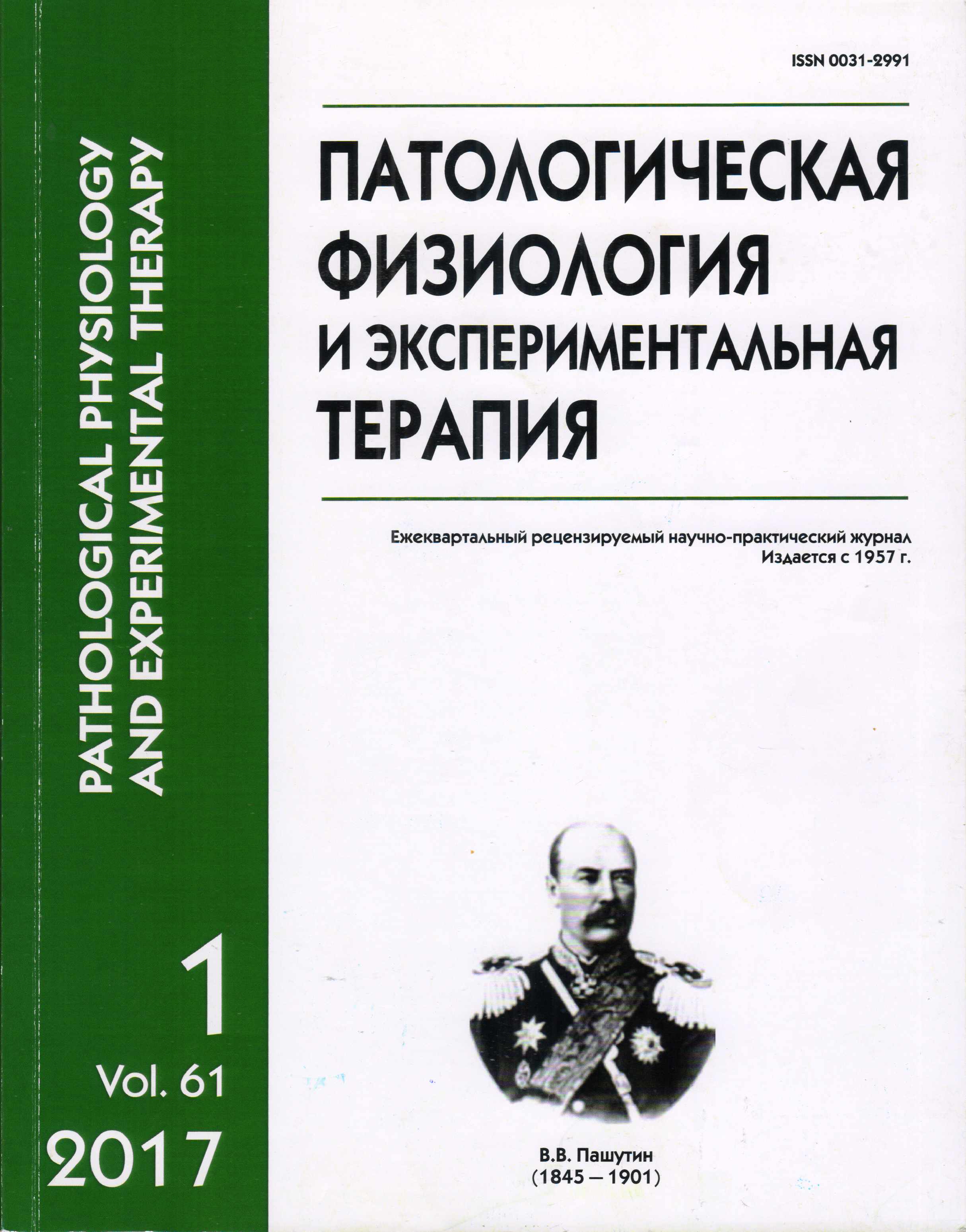Dynamics of behavioral reactions of nonlinearwhite rats exposed to regular dosed physical activity
Abstract
The purpose: to study the dynamics of behavioral nonlinear white rats of different ages under the influence of a regular dosage of exercise. Methods. The study was performed on 80 intact animals (nonlinear white rats, male and female) oftwo age groups: young (4—5 months) and old (24—26 months), control and experience. The behavior of animals was studied in the tests «Cross-formed labyrinth», «Open field» and «Test of new object’s recognition» before and after exposure of a regular dosed physical activity. Results. Established similar patterns of behavior of young and old animals from the experimental groups: regular physical activity had a positive effect on exploratory activity in females to a greater extent (behavior in the «Cross-formed labyrinth» and «open field» — spatial memory). Contrawise, males demonstrated decreasity of orienting — research behavior and decreasing of adaptation to new experimental conditions against the background of low levels of anxiety and motivation. At the same time, the increase of the right hemisphere activity by physical exercise resulted in males to improve their non-spatial memory. Conclusion. The detected features are due to biological differences in the systems, adapting the body to physical activity and functional asymmetry in the hemispheric relations.






